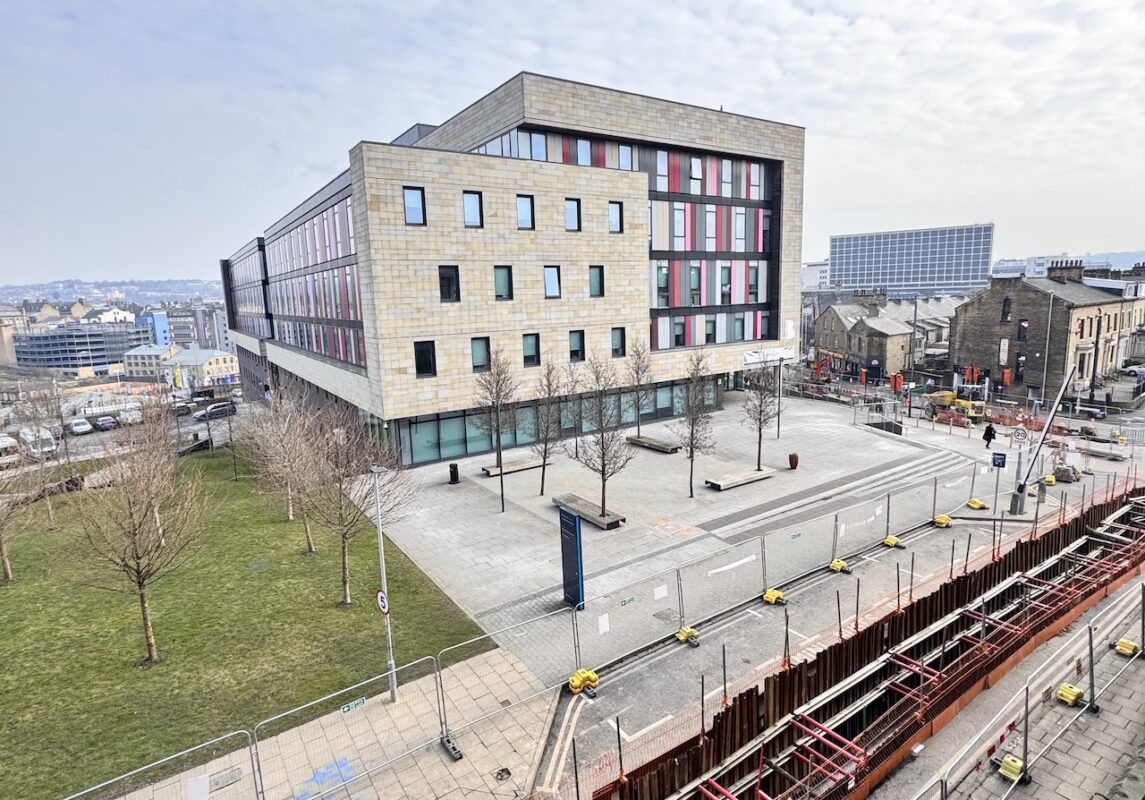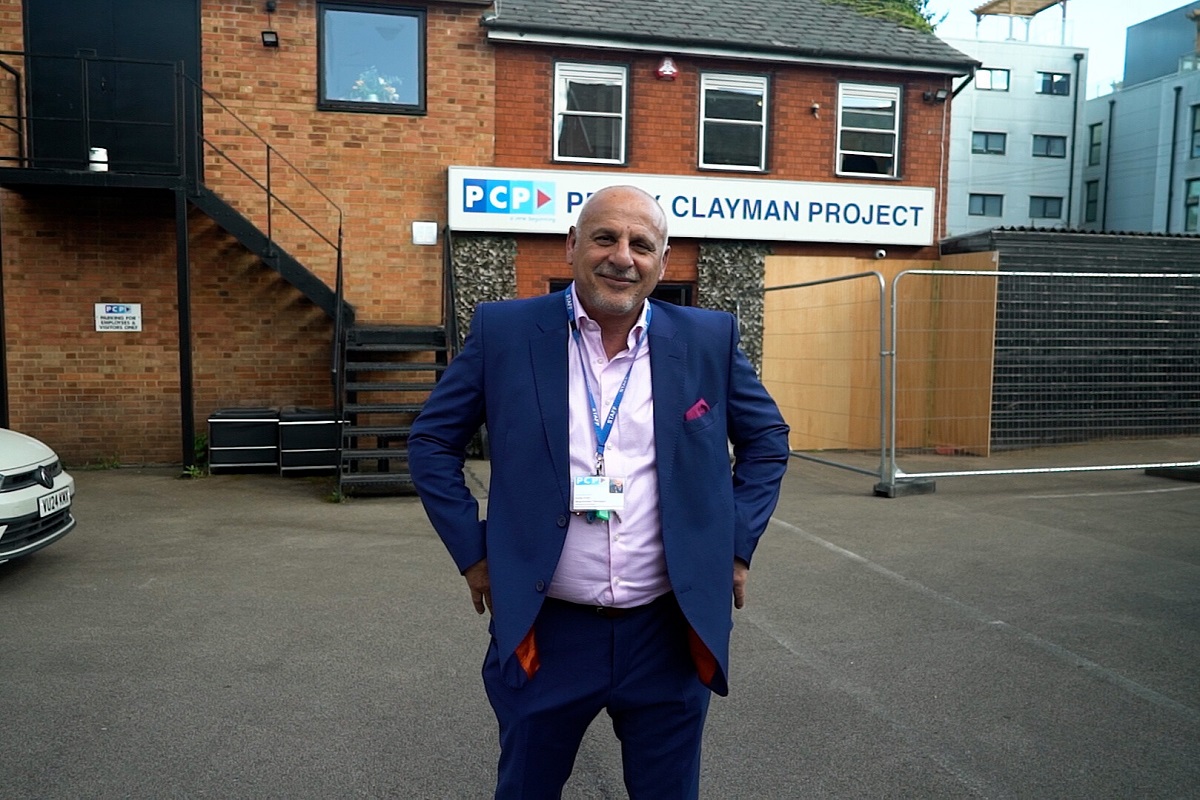Helping Students Build Successful Careers: Why Sector Bodies Must Lead The Way

As young people prepare for education and training transitions, they face crucial career decisions that shape their futures. In a rapidly changing and competitive labour market, the need for comprehensive careers education, information, advice and guidance has never been greater.
With a number of industry sectors facing current and future recruitment challenges and skills shortages, it’s imperative that sector leaders take a proactive role in generating a pipeline of future talent that is interested in their industry.
The sport and physical activity sector has recognised this challenge and is stepping up to lead the way, demonstrating how careers education, information, advice and guidance, aligned with the Gatsby Benchmarks, can inspire young people to make informed choices and build meaningful careers.
The sport and physical activity sector’s proactive approach to CEIAG (Careers Education, Information, Advice and Guidance) is not only preparing students for careers within the sector but also setting a standard for other industries. Work taking place with education providers and employers is paving the way for high-quality careers information and guidance that supports students in understanding their career options and the sustainable career pathways available to them.
Supporting career exploration programmes
Supporting students to explore career opportunities and develop their understanding of a diverse range of roles underpins the decisions that they make about learning pathways and the best route to their chosen occupation.
In the sport and physical activity sector, ensuring that students, whether on a sector specific programme or study, or a general education pathway, have a stable careers programme which helps them navigate the broad range of roles available is vital. From coaching and sports management to facilities management and health promotion, the sector offers varied career paths that can appeal to students with different skills and interests.
For students, a stable careers programme means they can connect with the sector and develop over time, gain clarity on the breadth of opportunities available, and develop a deeper understanding of career pathways within sport and physical activity. By providing structured support, the sport and physical activity sector sets an example for how to effectively engage students in long-term career planning.
So what is the sector doing?
In conjunction with employers, curriculum leaders and employment advisors, the professional body for the sector, CIMSPA, has developed a careers guidance programme which offers teachers, tutors and careers professionals a comprehensive resource which provides impartial CEIAG about all of the opportunities available in the sector.
Understanding the labour market
The sport and physical activity sector is a fast-growing part of the UK economy, creating diverse job opportunities in active wellbeing, coaching, health condition prevention and recovery, fitness training, as well as areas like analytics and marketing. It’s vitally important that careers information and guidance gives students a realistic understanding of current labour market trends, enabling them to make informed choices based on industry needs and job stability. For instance, with the growing emphasis in our sector on health and wellbeing, roles connected to mental health, occupational therapy, pre- and post-natal support for example, are all heavily in demand.
By equipping students with sector-specific labour market information, linked to locality, the sport and physical activity sector is encouraging students to consider career paths that they may not have known about. Understanding that a career in the sector can extend beyond being an athlete to areas like business, media, and community health is invaluable as students make choices about education and career pathways.
Personalised to student needs
The sport and physical activity sector offers roles that cater to a wide range of skills, interests and abilities. In order to engage young people in considering a career in the sector, we recognise that it’s crucial to showcase the variety of education and training options that offer routes into the sector.
CEIAG which provides tailored advice that matches students’ personal strengths and interests with potential career paths, is vital. Through our sector-led approach to careers information, advice and guidance, we can offer both academic and work-based learning pathways into a career in the sector.
An integral element of the guidance that the sector provides, centres on the currency of endorsed qualifications and training that is mapped to the sector’s professional standards. These standards are developed and reviewed by employers, and FE, HE and Apprenticeships which are aligned with them to meet the needs of employers and enhance student’s employment outcomes.
Exposure to employers
Encounters with professionals in the sport and physical activity sector are incredibly inspiring for students. Having the chance to see the stories of people that have built careers in the sector, allows them to explore a realistic view of the industry.
Demystifying roles by sharing real stories and showcasing the different pathways and career trajectories that individuals have, is an important element of careers discovery.
The collaboration that has been developed in the sport and physical activity sector between employers and education providers creates opportunities for greater direct exposure including work placements, shadowing, careers talks etc.
For students, these encounters help to show what working in sport and physical activity is really like, showing them the range of roles available and the pathways they can follow to achieve their ambitions.
When combined with the expertise of a qualified careers professional, CEIAG support from industry via professional bodies has a vital role in supporting young people to make informed career decisions and to plan their future.
The sport and physical activity sector is setting a standard in careers support, demonstrating how industry insight and knowledge can be effectively used to support students. By integrating comprehensive careers programmes, labour market information, personalised advice, and employer experiences, this sector is inspiring the next generation of sport and physical activity professionals. With a commitment to inclusive and comprehensive CEIAG support, the sport and physical activity sector is equipping education professionals to empower young people to make informed choices and to build rewarding careers. Through its leadership, the sector is helping to shape where all students, regardless of their background, can access the opportunities they need to succeed.
By Natasha Eason, Associate Director (Education), the Chartered Institute for the Management of Sport and Physical Activity
Natasha Eason is responsible for educational development for the sport and physical activity sector’s professional body. Natasha leads CIMSPA’s work to ensure that learning and education provision is high-quality and meets the sector’s professional standards. Natasha was previously a Lecturer in Sport and Fitness at a further education college and is a trustee for a safeguarding charity.











Responses